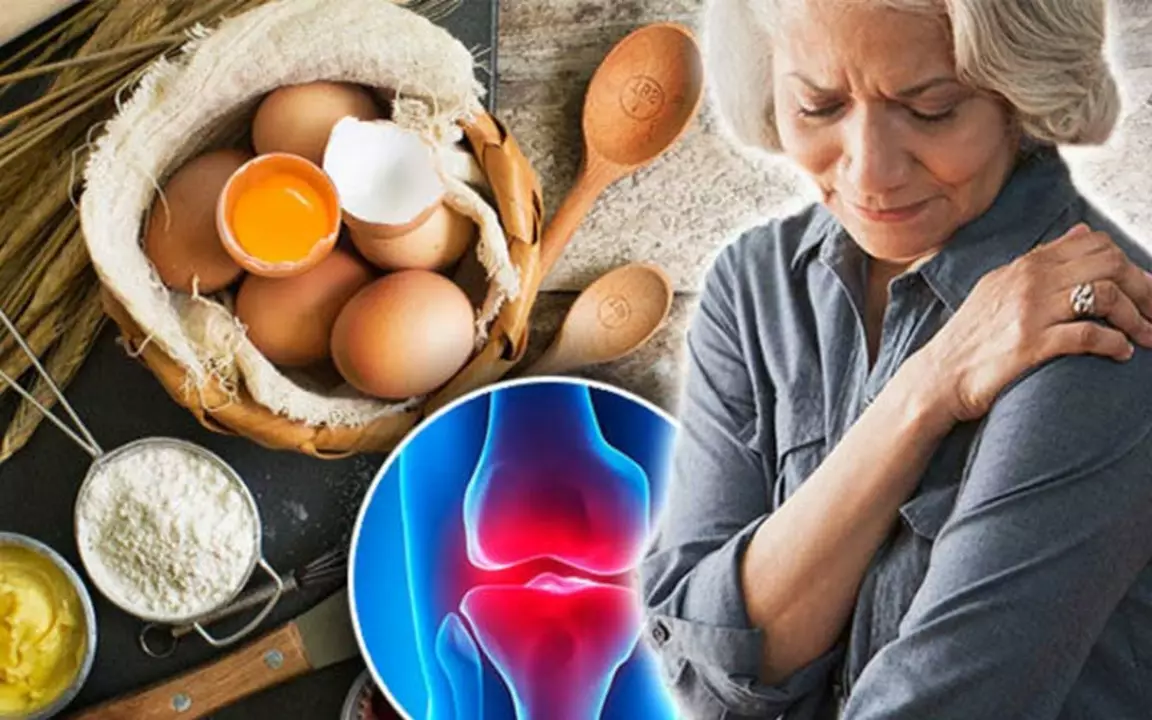Goutweed (Aegopodium podagraria), also called bishop’s weed or ground elder, pops up in shady gardens and wild edges. People have used it as a spring green and a folk remedy for joint aches. If you’re curious, this guide helps you identify it, prepare it, and avoid common problems.
How to spot it: goutweed forms low mats and spreads fast by underground roots. Leaves are compound with three or more divided leaflets and toothed edges. Small white flowers appear in umbrella-like clusters in late spring. It often grows where soil stays moist and light is filtered, like under trees or along fences.
Garden notes: many gardeners call goutweed invasive because it outcompetes neighbors. If you want it for food, keep it in pots or use root barriers. To remove it, dig up thick roots and follow up for several seasons—missed pieces regrow. Cutting flower stalks stops seeding, but root removal is the only reliable long-term control.
Eating goutweed: young leaves in early spring taste bright, slightly peppery, and work well raw or cooked. Use them like spinach: toss fresh leaves into salads, add to omelets, stir into soups, or blend into pesto. A small sample first is smart—try a bite cooked and a bite raw to test your tolerance.
Simple pesto idea: pack a handful of washed goutweed leaves, a clove of garlic, a tablespoon of nuts, grated cheese, and olive oil into a blender. Pulse to a spreadable texture and use on toast or pasta. Fresh use keeps the flavor lively; dried leaves lose much of their fresh character.
Historically goutweed was used in folk medicine for swollen joints and as a diuretic. Those traditions are interesting but don’t replace modern advice. If you have gout, arthritis, or chronic health conditions, check with your doctor before adding herbs. Herbs can interact with medications and affect conditions in subtle ways.
Handle with care—some people get skin irritation when touching fresh plants. Pregnant or breastfeeding people should avoid trying new herbal treatments without medical approval. Buy plants or seeds from reputable nurseries or swap with experienced gardeners. If foraging, be 100 percent sure of identification; many harmless plants look similar at a glance.
Harvest only young shoots in spring and wash them thoroughly. Use fresh within a day for best flavor or blanch and freeze for later. Try small amounts at first and watch for any reaction over 24 hours. If you take regular medications, ask a pharmacist whether adding an herbal green could be a problem.
Goutweed is cheap to grow, easy to find, and useful in the kitchen. Respect its invasiveness in the garden and respect your health when trying it as food. When in doubt, get a second opinion from a local herbalist or healthcare professional.
Want recipes or ID help? Search our goutweed tag for relevant posts, or ask in the comments and we’ll point you to specific articles today.

In my latest blog post, I've discovered an incredible secret weapon in the fight against inflammation and joint pain: Goutweed! This powerful herb has been used for centuries in traditional medicine and is now gaining recognition in modern times. Goutweed contains potent anti-inflammatory properties which can help alleviate joint pain and improve overall health. I've been amazed by the results I've experienced after incorporating Goutweed into my daily routine. Check out my blog to learn more about this amazing plant and how it can help you in your battle against inflammation and joint pain!
Daptomycin can cause serious muscle damage that often shows up without symptoms. Learn how to monitor CK levels, recognize warning signs, and prevent life-threatening complications during treatment.
Learn why precise diagnosis of skin yeast infections is crucial, how to spot symptoms, use proper tests, and choose the right treatment to avoid complications.
Discover how regular exercise works with vitamin D and calcium to fight rickets, boost bone density, and keep children's skeletons strong and healthy.
Statin intolerance causes muscle pain in many people, but most cases aren't actually caused by the drug. Learn how to tell if your pain is real, what alternatives work, and how to safely lower cholesterol without statins.
As of 2025, there are several alternatives to Valtrex for managing herpes infections. This article explores seven options, weighing their pros and cons to help patients make informed decisions about their antiviral therapy. Some alternatives are used for their unique benefits, while others are highlighted for their effectiveness when combined with existing medications. Learn more about these options and find the best one that suits your health needs.